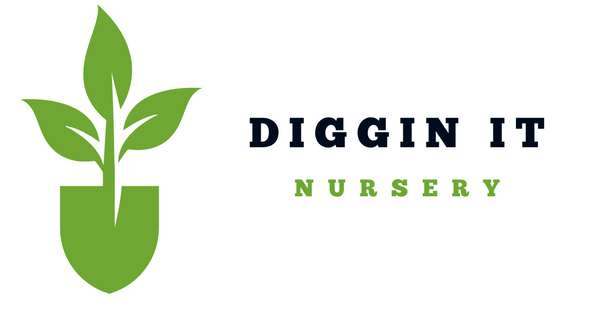1
/
of
1
DICENTRA CANADENSIS / SQUIRREL CORN
DICENTRA CANADENSIS / SQUIRREL CORN
Regular price
$9.95 CAD
Regular price
Sale price
$9.95 CAD
Unit price
/
per
Couldn't load pickup availability
Convenient Delivery, Minimum Order $100 and it's on us! Orders less than $100 will be subject to a $15.00 delivery fee.
Convenient Delivery, Minimum Order $100 and it's on us! Orders less than $100 will be subject to a $15.00 delivery fee.
Conveniently Delivered to Your Doorstep - Minimum Order $100, Delivery Included
- Unique Flower Structure: Squirrel Corn produces distinctive, heart-shaped flowers that dangle from arching stems. The flowers are pale yellow to white and have a unique appearance, resembling tiny, inverted pantaloons or "squirrel corns." This unusual and charming feature adds to the plant's appeal.
- Woodland Habitat: Squirrel Corn is typically found in woodland habitats, thriving in dappled shade. This makes it an excellent choice for shaded gardens or naturalistic woodland landscapes, where it can contribute to the delicate beauty of the understory.
- Spring Blooms: The flowers of Squirrel Corn typically bloom in spring, adding early-season interest to the garden. The emergence of its distinctive flowers is a delightful sight that can be appreciated in woodland or shade gardens.
- Foliage Texture: The foliage of Squirrel Corn is fern-like and finely divided, creating a lacy and delicate appearance. Even when not in bloom, the foliage adds an interesting texture to the garden.
- Low Maintenance: Squirrel Corn is a low-maintenance plant, well-suited for naturalized settings. Once established, it tends to be a reliable perennial, requiring minimal care.
- Wildlife Attraction: While not a primary wildlife attractant, Squirrel Corn may provide habitat for small insects and contribute to the overall biodiversity of woodland ecosystems.
- SPREAD 25-30 CM
- HEIGHT 25-30 CM
- PLANT ZONE 4
- NATIVE TO ONTARIO
Care Instructions
Care Instructions
Different plants have different watering needs. Check the soil moisture by inserting your finger about an inch into the soil. If it feels dry, water the plant until the water drains from the bottom of the pot. Avoid overwatering, as it can lead to root rot.
Share


